Is eating white rice bad for you? Let’s dig deep into this topic today!
Despite the adaptability and widespread use of rice, the debate over which type is healthier—white rice or brown rice—has persisted online and at dinner tables for what feels like an eternity. When you compare the nutritional facts of white rice to those of brown rice, you might be startled if you've heard that white rice is a "bad" or unhealthy carbohydrate that should be avoided.
Table of Contents
- The difference between brown rice and white rice:
- Is brown rice superior to white rice?
- Brown rice benefits:
- Some negative effects of eating brown rice:
- White rice benefits:
- It is gluten-free :
- It is a powerhouse of energy:
- Since white rice is carb-rich food, it provides a lot of energy very quickly. And that’s why even athletes prefer white rice over brown rice when they need an energy boost.
- Conclusion:
The difference between brown rice and white rice:
All rice is mostly composed of carbohydrates, with very little protein and almost no fat.
Brown rice, however, is a full grain. It includes the fibre bran, nourishing germ, and carb-rich endosperm of the grain. Because of the grain's rough bran exterior, it is chewy and takes a while to cook.
Contrarily, the bran and germ have been eliminated from white rice. White rice contains extremely few critical nutrients because they are the sections of the grain that are the most nutrient-dense. White rice, on the other hand, cooks more quickly and is softer.
Is brown rice superior to white rice?
White and brown rice are both healthy foods, while brown rice offers a minor advantage. White rice does provide nourishment, despite what most people believe.
The starchy endosperm that is left over from white rice includes important elements like niacin, magnesium, iron, and selenium. Because it has less fibre, it is also very quickly digestible, which can be beneficial for people with sensitive digestive systems. Our body requires these and other minerals to grow and function normally. Magnesium, for instance, aids your body in controlling blood pressure, blood sugar levels, and muscle and neuron function, while iron gives muscles oxygen.
Brown rice benefits:
Brown rice has several advantages from a health perspective:
1) Nutrient rich:
Regarding nutrient content, brown rice has a modest edge over white rice. Along with additional vitamins and minerals, it also contains more fibre and antioxidants. These variations aren't very significant, though. To put it into perspective, 100 grams (3.5 ounces) of cooked brown rice has 1.6 grams of fibre, while 100 grams (3.5 ounces) of white rice has just 0.4 grams.
2) Positive effects on blood sugar levels:
Magnesium and fibre, both of which are abundant in brown rice and aid in blood sugar regulation.
According to research, consuming whole grains on a daily basis—like brown rice—helps lower blood sugar levels and lowers the risk of type 2 diabetes. It has been demonstrated that only switching from white to brown rice can lower blood sugar levels and reduce the risk of type 2 diabetes.
3) May reduce heart disease risk
According to studies, consuming brown rice may help lower a number of heart disease risk factors.
People who consume the most whole grains, including brown rice, had a 16–21% lower risk of heart disease than those who consumed the fewest whole grains.
Additionally, whole grains like brown rice may reduce LDL ("bad") and overall cholesterol. Even the consumption of brown rice has been associated to a rise in HDL ("good") cholesterol.
4) Rich in antioxidants
Brown rice bran is rich in potent antioxidants that can fight off dangerous free radicals and lessen inflammatory responses in the body.
Studies have shown that whole grains like brown rice, which are high in antioxidants, may help prevent chronic diseases including heart disease, cancer, and type 2 diabetes.
5) Aids weight control
Consuming brown rice rather than white can also help people lose weight, lower their BMI, and have smaller waist and hip circumferences.
In one study with 29,683 adults and 15,280 children, researchers discovered that people's body weight decreased in direct proportion to how much whole grains they consumed.
In addition, a randomised controlled experiment including 40 overweight and obese women discovered that brown rice, as opposed to white rice, lowered body weight and waist size.
Some negative effects of eating brown rice:
1)Brown rice contains antinutrients:
Plant substances known as antinutrients may make it harder for your body to absorb specific nutrients. Brown rice is more difficult to digest because it contains an antinutrient called phytic acid, often known as phytate.
While phytic acid might have some health advantages, it also makes it harder for your body to absorb iron and zinc from diet. Before cooking, soaking rice can help keep some of its nutritious content.
Eating phytic acid with most meals may cause mineral deficits over time. However, for those that consume a varied diet, this is quite improbable.
2) Brown rice contains arsenic:
Compared to white rice, brown rice typically has more arsenic. Although it occurs naturally in the environment, the hazardous heavy metal arsenic has been on the rise in some areas as a result of pollution. It has been found in rice and rice-based products in significant proportions.
Arsenic use over a long period of time may increase your risk of developing chronic illnesses like cancer, heart disease, and type 2 diabetes.
However, if you eat rice in moderation as part of a diversified diet, this shouldn't be a problem. Every week, a few servings should be sufficient.
White rice benefits:
White rice is a staple in many traditional types of cuisine and has been for many centuries — so it’s not without its benefits.
1) It can stabilize your blood sugar levels:
White rice can help avoid blood sugar increases even though it has carbohydrate and is quite high on the glycemic index, especially when eaten with other foods like vegetables.
2) It is gluten-free :
For patients with celiac disease or gluten allergies, white rice's hypoallergenic qualities are a gift. For those who prefer gluten-free options, white rice may also be easily transformed into flour, noodles, and bread.
3) It is a powerhouse of energy:
Since white rice is carb-rich food, it provides a lot of energy very quickly. And that’s why even athletes prefer white rice over brown rice when they need an energy boost.
4) Easily digestible:
Rice is not only simple to prepare, but also simple to digest. In contrast to brown rice, which contains the anti-nutrient phytic acid, white rice is devoid of this substance. Many nutritionists advise choosing dal-chawal since rice is simple to digest and can even enhance sleep quality for days when eating dinner at a sensible hour is impossible.
Conclusion:
White and brown rice both include a lot of carbs, but brown rice has more fibre, vitamins, and antioxidants. To make sure your meal is balanced, add veggies and beans to your white rice.
The long history of white rice in many nations' traditional cuisine is proof that either variety of rice may be a component of a healthy diet. Although brown rice may have a better nutritional profile, white rice can be a healthy part of a balanced diet.

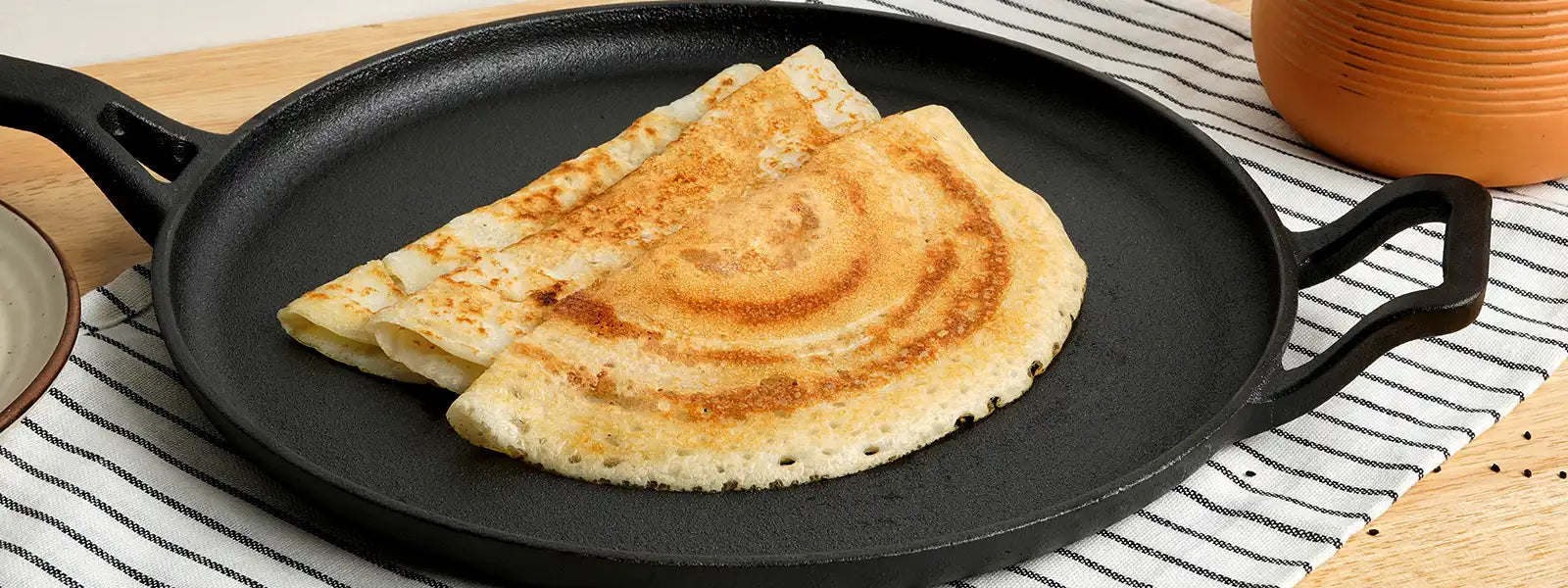
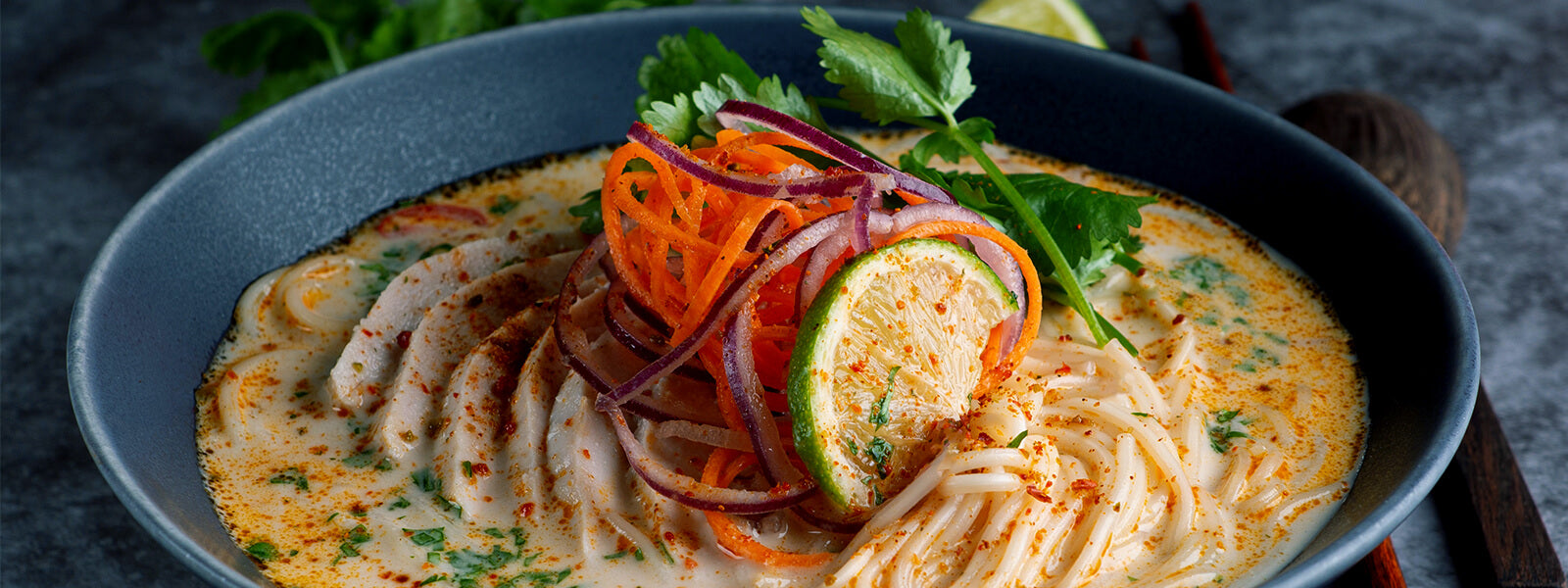

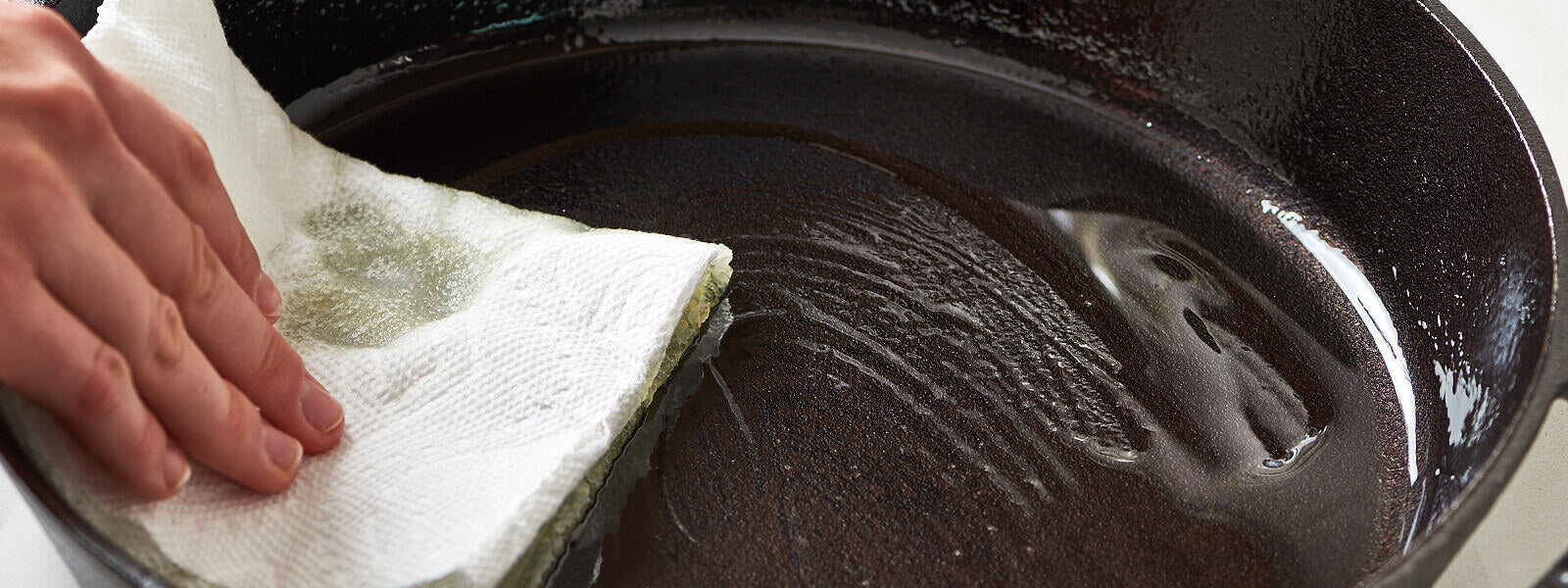
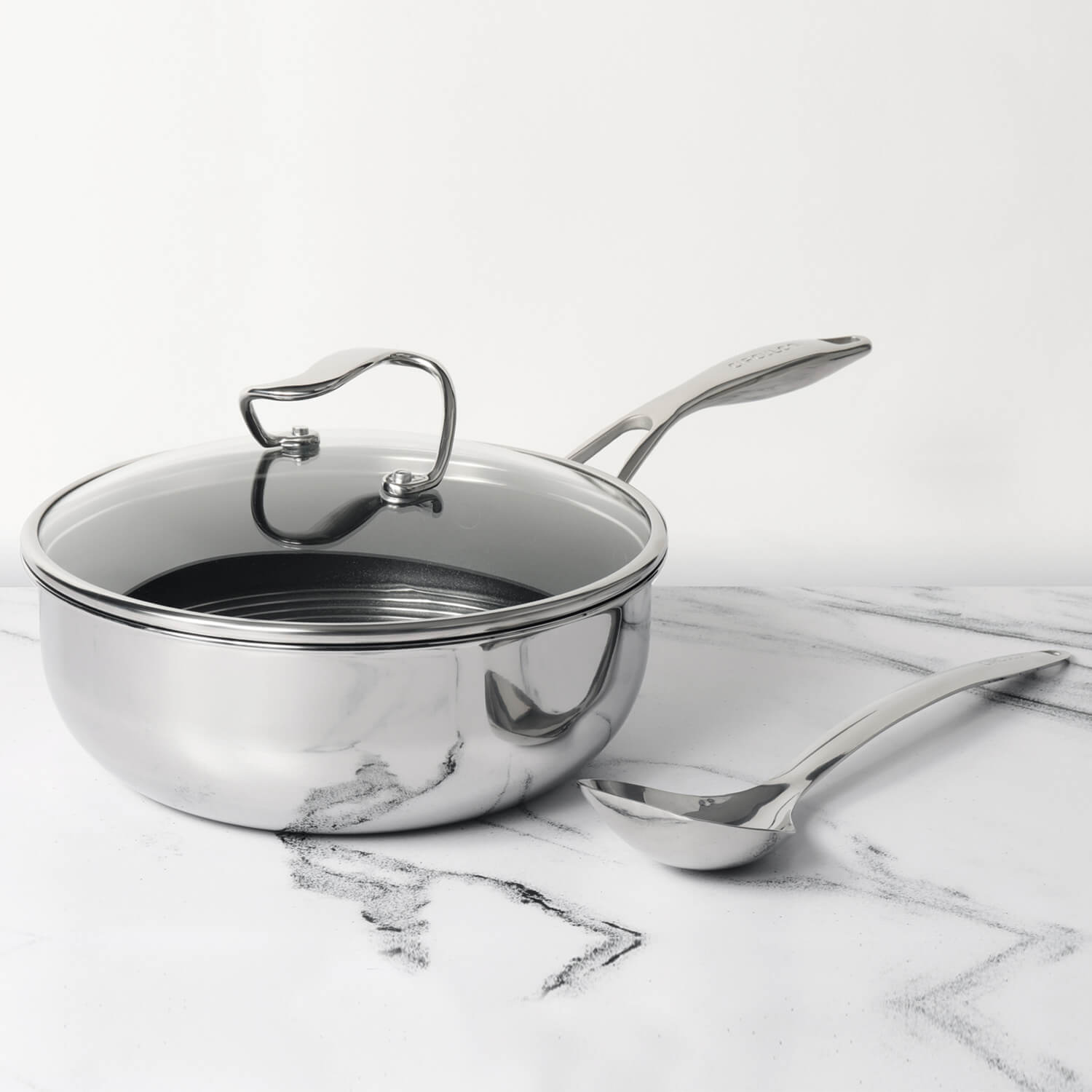
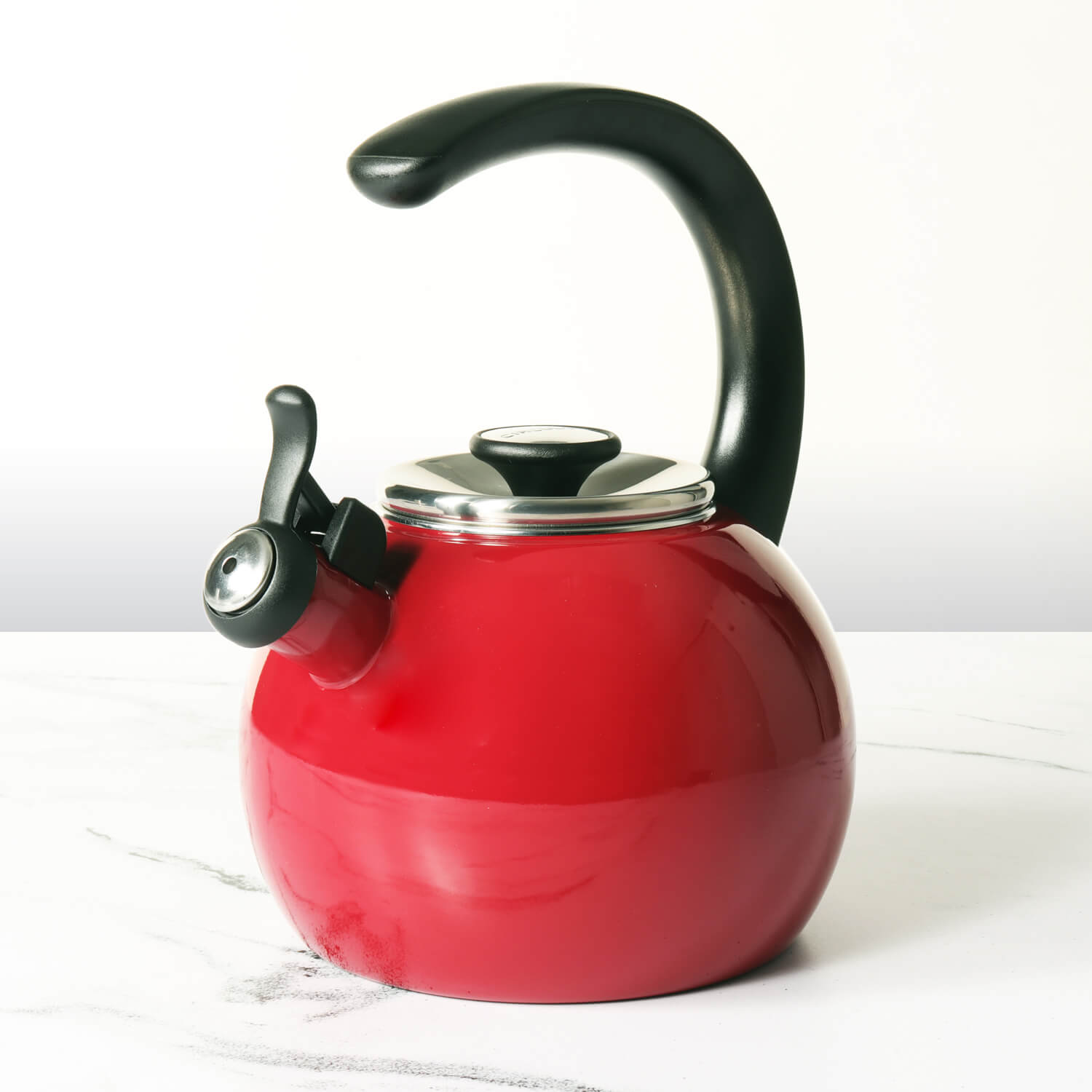




Leave a comment